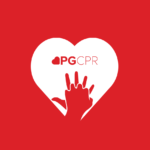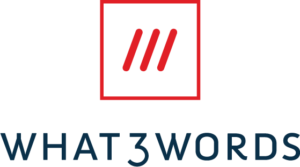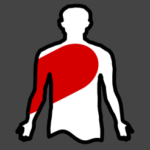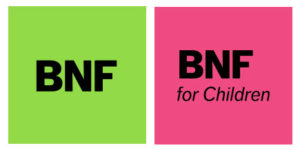Free lifesaving apps
In 2020, an estimated 79% of the UK population have a smartphone. Aside from posting pictures of what we eat for breakfast on Instagram or pictures of our cats doing strange things, this opens a real opportunity to have lifesaving information at our fingertips.
This short article looks at a few of our top recommended apps to download for those emergency situations you may find yourself in. We have no affiliation to these apps, and we don’t make any money from referring you to them, we just think they’re great and wanted to share them with you!
So let’s dive in …
Audience: Everyone
Main use: Teaching / reminding basic first aid skills
This fantastic app has been created in memory of Paul Gardner by his father to raise the awareness of CPR.
The app can either be used to remind (or teach!) yourself basic first aid skills, or it can be used in a real emergency as a prompt.
It has some great features and is so simple to use.
Our personal highlights of this app are the straightforward instructional videos and the CPR metronome - both really useful tools.
You can download PG CPR on the app store and read more about the background on their website. (Perhaps consider making a donation to their scheme if you're able to?)
Audience: Advanced first aiders and higher grades
Main use: Calculating a NEWS2 score
NEWS2 is a system of recording vital signs and assigning them scores. These scores then indicate whether that patient is critically unwell and can indicate certain conditions, such as sepsis.
NEWS2 does require training to use. If you don't have this already then there is an e-learning course on the NEWS2 website for £5 (or free if you have any NHS email address).
This tool guides you through the calculation and gives useful prompts and guides to inform your clinical decision making.
You can read more generally about the NEWS2 scheme on their webpage, and you can find the app on your app store.
Audience: Everyone
Main use: Locating yourself and others (especially in an emergency)
What3Words is a unique location app that gives each three square metres in the world a three word 'grid reference' to help people find you. For example the reference for LFAS HQ is silent.slower.moment
This app is ideal for those that like exploring the outdoors or for places you're less familiar with, it can even be used offline when you don't have data.
It's ideal for use in an emergency, and many control rooms can now use this system to help locate you.
Find out more about this app by visiting their website or downloading it from your app store.
Audience: First aiders and higher grades
Main use: Calculating the percentages of different types of burns on a casualty
If you could ever find yourself in a situation where you need to measure the percentage of burns on a casualty then this is the app for you!
The app allows you to indicate partial and full thickness burns simply by 'colouring in' the diagram - it then works out the percentages for you.
The results can be exported, or even printed to help your ongoing care.
If the app is tricky, there is also a web-based application, ideal if you work in a higher risk burns environment.
Audience: Everyone
Main use: Vital information (including first aid) for use in mass casualty incidents
In our humble opinion, everyone with a smartphone should have CitizenAid installed on their phone.
This app acts as a step by step guide in an emergency or multi-casualty situation. It covers protecting yourself, making a scene safe and first aid management (including basic triage and improvised first aid).
The app has been specifically developed following recent terror attacks, to enable members of the public to keep themselves safe and save lives.
If you would prefer not to download the app, you can buy a small pocketguide from CitizenAid instead for just £1.
Audience: Healthcare professionals that are required to track CPD
Main use: Tracking and displaying completed CPD (also accessing CPD courses and videos)
Recording and tracking of CPD can be a time-consuming nightmare. This app (and affiliated web portal) makes tracking simple and even gives you access to some CPD videos.
There is a free and paid plan (around £15 per year), but the free plan is great for getting started.
Through the app or portal you can also generate a CPD portfolio for submitting to your registered body or company. You can see a sample CPD portfolio here.
Audience: Medical professionals likely to attend multi-agency incidents
Main use: Information about the JESIP setup and tools for recording
JESIP is an emergency services initiative to promote closer multi-agency working, especially at larger incidents, usually called "major incidents".
JESIP has a wide range of policy, but also some very practical tools, such as the METHANE report (for declaring a major incident) and the digital incident log for recording action taken.
The app also has useful guides, for example images of the different tabbards worn at major incidents, so that you can identify who's who.
You can read more about JESIP more generally on their website or download the app.
Audience: Medical professionals involved in the administration of drugs
Main use: Checking information about various types of drugs, including dosages and contraindications
The app allows you to search for medications and uses and compare doses, side effects, contraindications and administration routes.
You can access the BNF either through the apps available on the app stores, or via the web. There are seperate pages for the BNF for adults and the BNF for children.
So there we have it, our list of lifesaving apps! Have we missed any great apps? Do you have any experiences of using these apps for real? Will you be downloading these apps? Drop us a comment below, we’d love to hear from you!
Thanks for reading.







